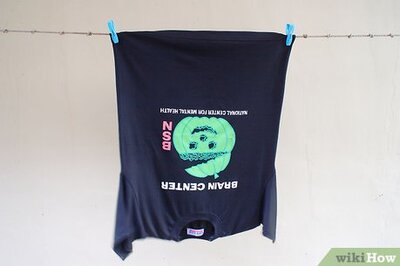
views
Here are some facts about the airplane and airline involved in the crash of a Boeing 737-500 jet operated by Sriwijaya Air on an Indonesian domestic flight on Saturday, with 62 people on board.
BOEING 737-500
The Boeing 737-500 is part of the 737 family, the world’s most-flown commercial aircraft series. It was developed in the 1960s to serve short- or medium-length routes.
The 737-500 entered service in 1990 and comes from the second of four generations of 737, dubbed 737 Classic.
It shares only limited features with the fourth and latest generation, Boeing’s problem-plagued 737 MAX, and does not have the flawed cockpit software that contributed to two fatal crashes and triggered the MAX’s 20-month grounding.
But the 737-500 has mostly been phased out in favour of younger, more fuel-efficient models for economic reasons.
The aircraft that crashed was almost 27 years old and was originally flown by carriers in the United States.
Commercial jets typically fly up to 25 years before being scrapped, but are built to last longer.
Boeing delivered a total of 10,050 of the 737s developed before the MAX, including 389 of the 737-500 model.
The 737-500 has been involved in four fatal crashes in Russia, Tunisia and Egypt, which investigators linked to factors including pilot performance, training or weather, according to Aviation Safety Network, an online safety database.
The worst crash involved an Aeroflot 737-500 with the loss of 88 lives in Perm, Russia, in 2008.
The 737-500 is designed to hold 145 people but those flown by Sriwijaya are configured for 120, according to its website.
Its engines are built by French-American CFM International, co-owned by General Electric and France’s Safran.
SRIWIJAYA AIR
Founded in 2003, Jakarta-based Sriwijaya Air group flies largely to domestic locations in Indonesia as well as limited service to foreign destinations including Penang in Malaysia.
The loss-making airline is roughly the fifth largest carrier in Indonesia by flights scheduled, with some 10% of the local market, according to aviation data firm Cirium.
Its operations and finances were briefly run by Citilink, the low-cost arm of state carrier Garuda after losses raised questions over its survival, but it ended the deal in 2019.
The airline has a solid safety record with no onboard casualties in four incidents recorded on the Aviation Safety Network database, though a farmer was killed when a Boeing 737-200 left the runway in 2008 following a hydraulic problem.
Disclaimer: This post has been auto-published from an agency feed without any modifications to the text and has not been reviewed by an editor
Read all the Latest News, Breaking News and Coronavirus News here




















Comments
0 comment